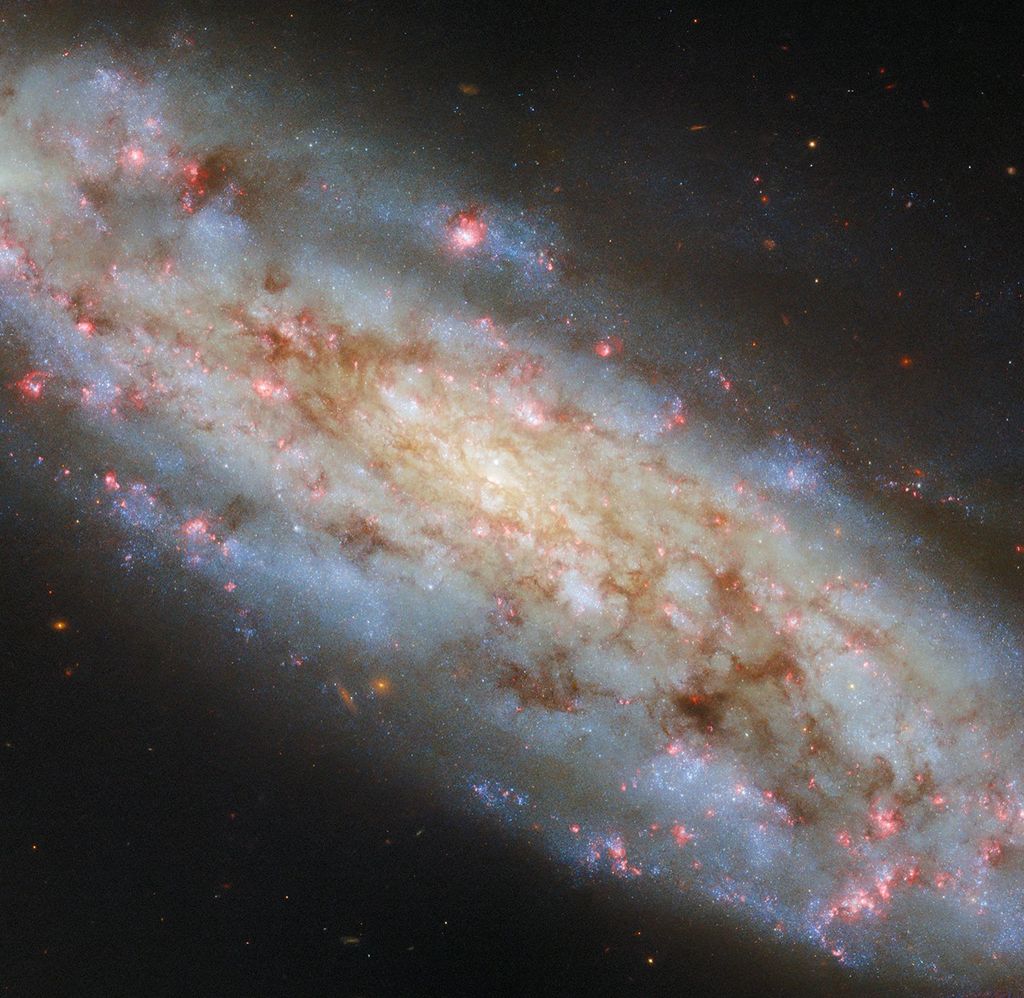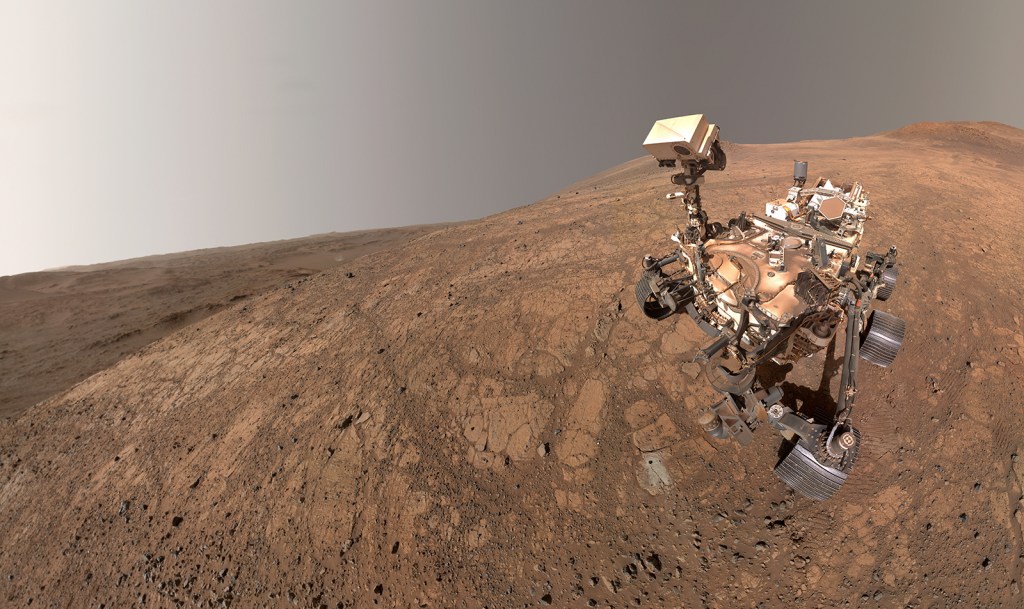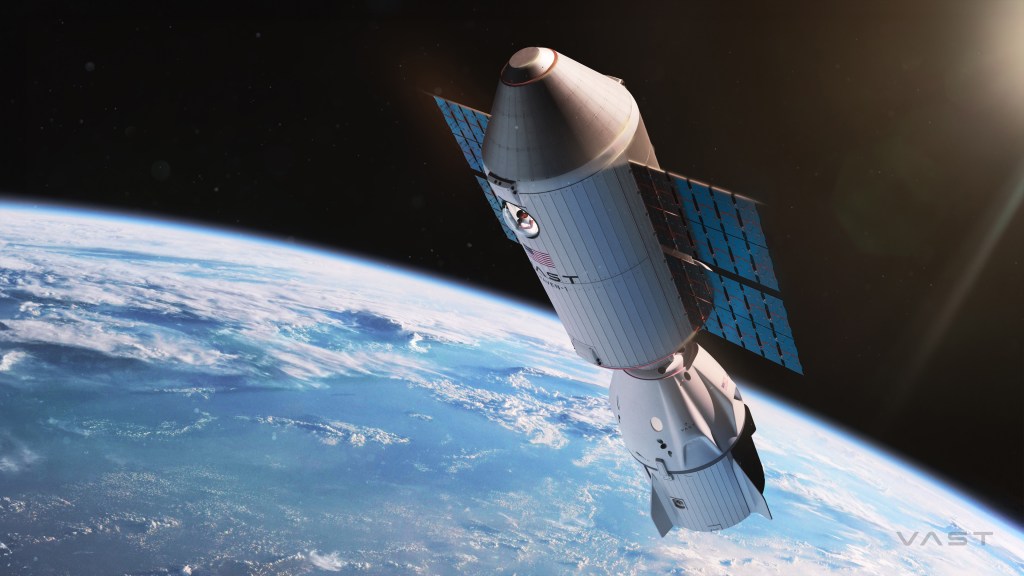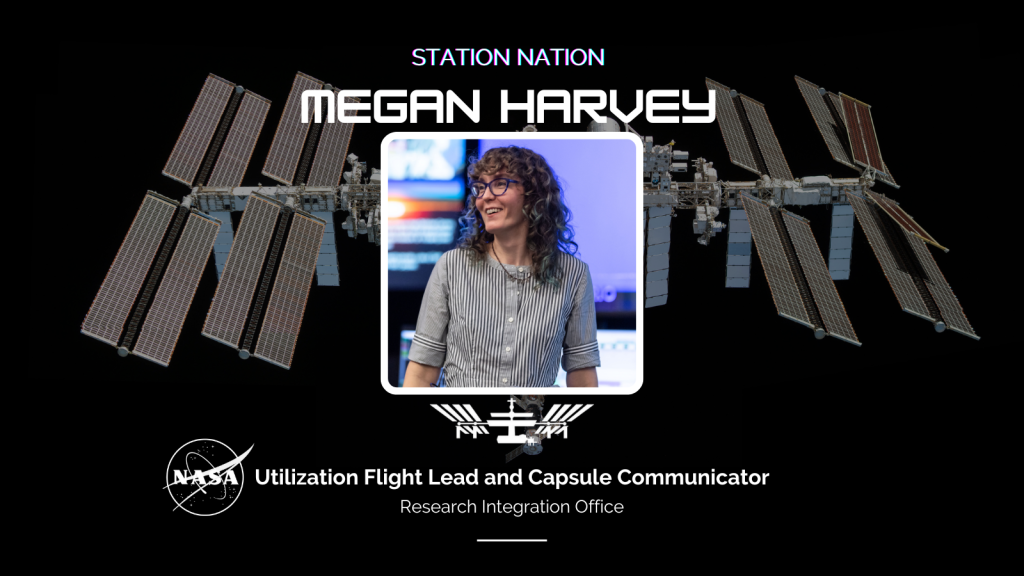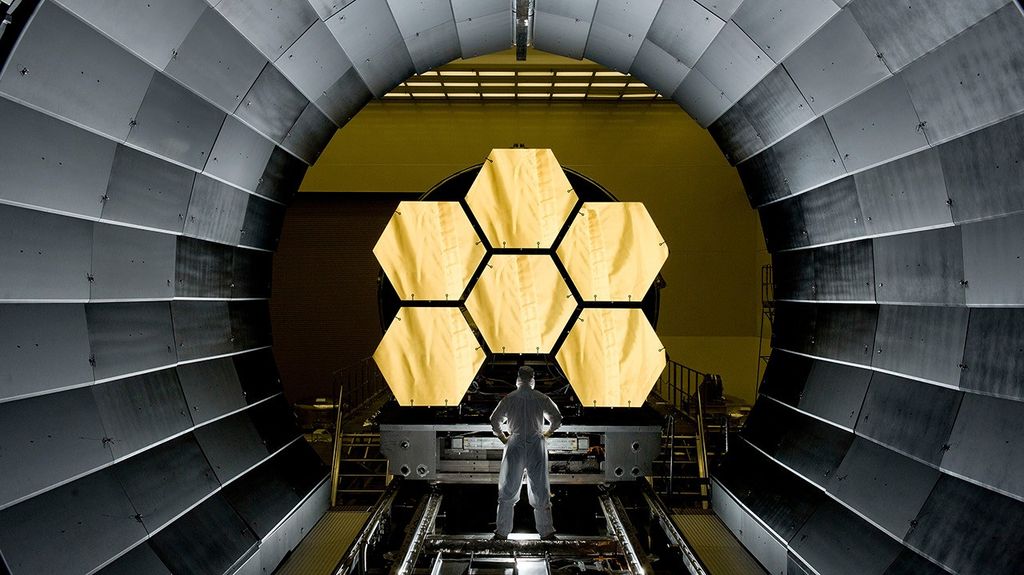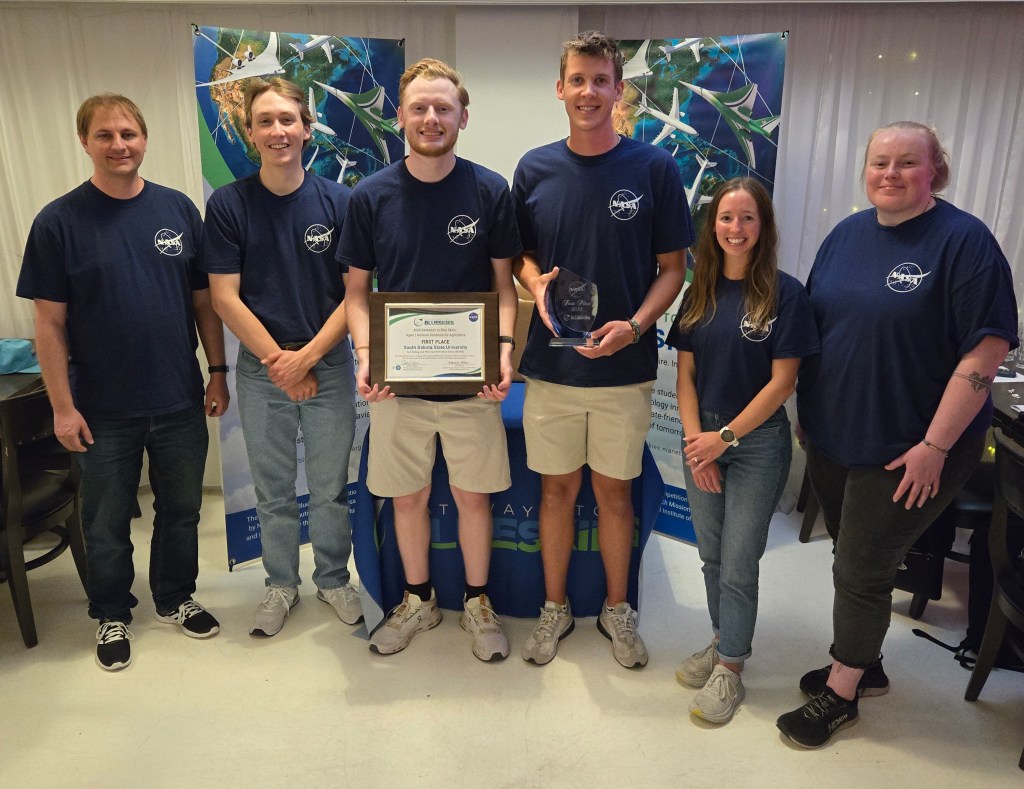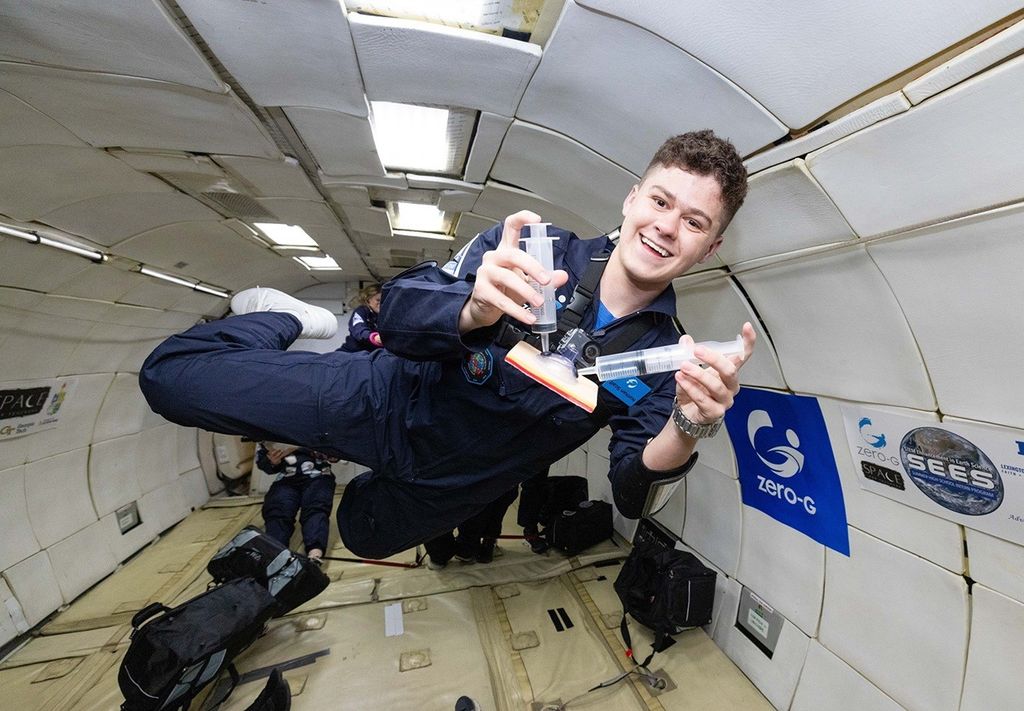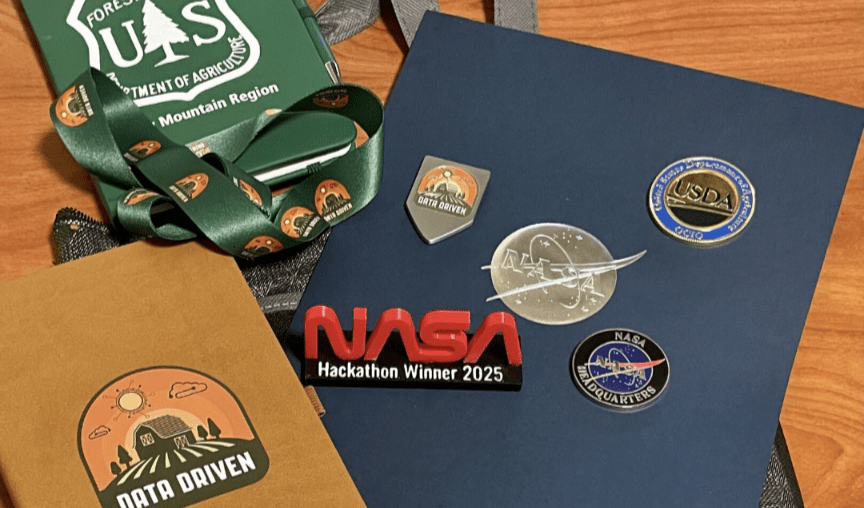WHITE SANDS, N.M. – NASA has completed work on a 92-acre launch complex that will serve as the test site for abort flight tests of its newest spacecraft, the Orion crew exploration vehicle, which is intended to take astronauts back to the moon.
Located at the U.S. Army’s White Sands Missile Range near Las Cruces, N.M., the launch complex will allow NASA to test the system that will pull the vehicle’s crew to safety if there is an emergency on the launch pad or during the first minutes of flight. The test is important to NASA’s Constellation Program, which is developing a fleet of vehicles that will return humans to live and work on the moon.
The LC-32 East Launch Complex at White Sands was designed and constructed to house the necessary integration and facility needs to effectively conduct the scheduled test missions. White Sands Missile Range will provide support services including logistics, infrastructure with critical emphasis on data collection, operations and management for each launch event. The White Sands Missile Range and the White Sands Test Facility have expedited their integrated efforts over the past two years to accommodate the Orion Abort Flight Test first flight schedule.
The new complex includes a launch pad, launch services pad, ground support equipment and a new building, the Flight Integration and Test Facility, where the Orion module and its launch abort system will be assembled. There is also office space for test operations. The facility is prepared to receive the first launch abort system solid rocket motors.
The first of the flight test series will be the Orion pad abort flight test, also known as Pad Abort 1. For the pad abort test, the launch abort system abort motor will be fired, lifting the Orion crew module test article mounted beneath it to an altitude of about one mile. For the test, the demonstrator will have no crew nor seats, life support systems or other related equipment.
The Orion crew module demonstrator used for the Pad Abort 1 test is the same size, shape and weight of the spacecraft that will be used on missions to the International Space Station and the moon. Five tests are presently planned for the Orion launch abort system, two pad abort tests and two or three ascent abort tests. The number of tests could change based on the results of the early tests.
These tests, along with other ground tests, will help NASA engineers better understand how Orion’s new launch abort system functions. Plus, the information collected will offer a clearer picture of the conditions a crew could expect should an abort be needed, allowing engineers to make any changes that might be needed.
For the later ascent abort flight tests, surplus Peacekeeper missile first stage solid-rocket motors will be used to launch the Orion test vehicle to high-stress flight conditions along planned launch trajectories at altitudes that will mimic abort conditions. Once again, there will be no crew aboard the Orion test capsule on the flight tests.
During a typical launch, the abort system will jettison itself about 30 seconds after the second stage of the crew launch vehicle has ignited. NASA has developed additional methods to abort a launch using the Orion service module and the crew module during the remaining climb to orbit.
The Orion Project Office at NASA’s Johnson Space Center in Houston leads the government and contractor team that will test the spacecraft’s launch abort system. NASA’s Dryden Flight Research Center at Edwards, Calif., leads the abort flight test vehicle integration and operations effort.
Lockheed Martin Space Systems Corporation of Denver, Colo., is NASA’s prime contractor for the Orion crew exploration vehicle and its launch abort system. Orbital Sciences Corporation of Dulles, Va., is building the launch abort system under contract to Lockheed Martin and Orbital Sciences Corporation, Chandler, Ariz., is building the abort test boosters and providing launch support services under contract to the Air Force.
NASA’s Langley Research Center, Hampton, Va., leads integration of the test launch abort system and is fabricating the primary structure of crew modules used for the early abort flight tests. Langley shipped a full-scale “pathfinder” mockup of the launch abort system to White Sands earlier this week.
Enterprise Advisory Service Inc. from Houston, Texas, led the efforts to build the launch pad and the Flight Integration and Test Facility, with primary construction performed by their subcontractor, Denco from Las Cruces, New Mexico.
Jacobs Technologies Co. from Tullahoma, Tennessee constructed the gantry. Their subcontractor Solar Electrical Co., also based in Las Cruces, installed all the electrical work.
– 0 –
PHOTO EDITORS: High-resolution photos to support this release are available electronically at:
https://www.nasa.gov/centers/dryden/news/newsphotos/index.html
For more information about NASA Dryden Flight Research Center and its research projects, visit:
https://www.nasa.gov/centers/dryden.
– end –
text-only version of this release
To receive status reports and news releases issued from the Dryden Newsroom electronically, send a blank e-mail message to dfrc-subscribe@newsletters.nasa.gov. To unsubscribe, send a blank e-mail message to dfrc-unsubscribe@newsletters.nasa.gov. The system will confirm your request via e-mail.
Dryden Flight Research Center
P.O. Box 273
Edwards, California 93523
Phone 661-276-3449
FAX 661-276-3566
Leslie Williams
NASA Dryden Flight Research Center
661-276-3893
leslie.a.williams@nasa.gov
Monte Marlin
White Sands Missile Range
Public Affairs Office
575-678-1134
wsmrpao@conus.army.mil

